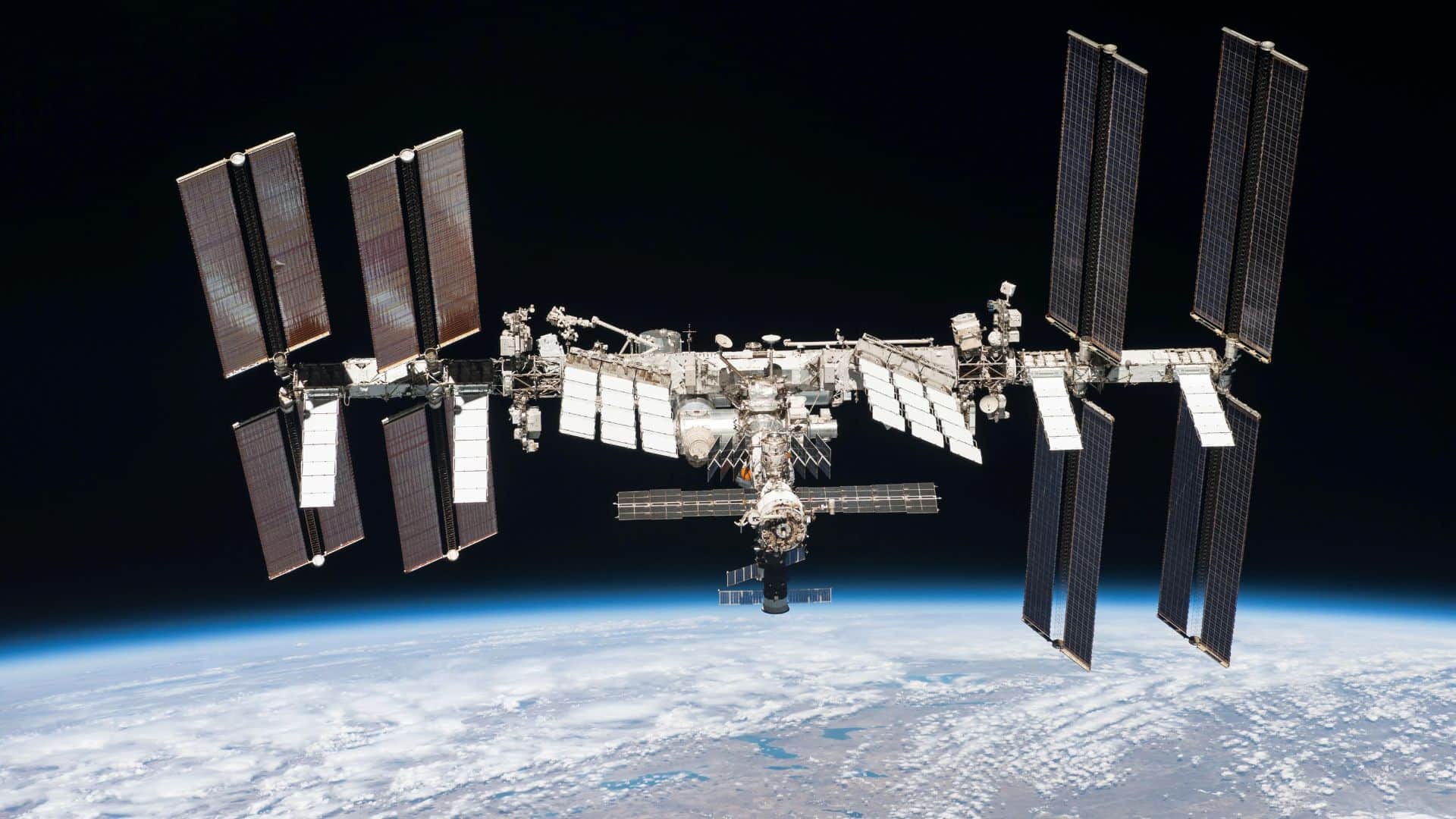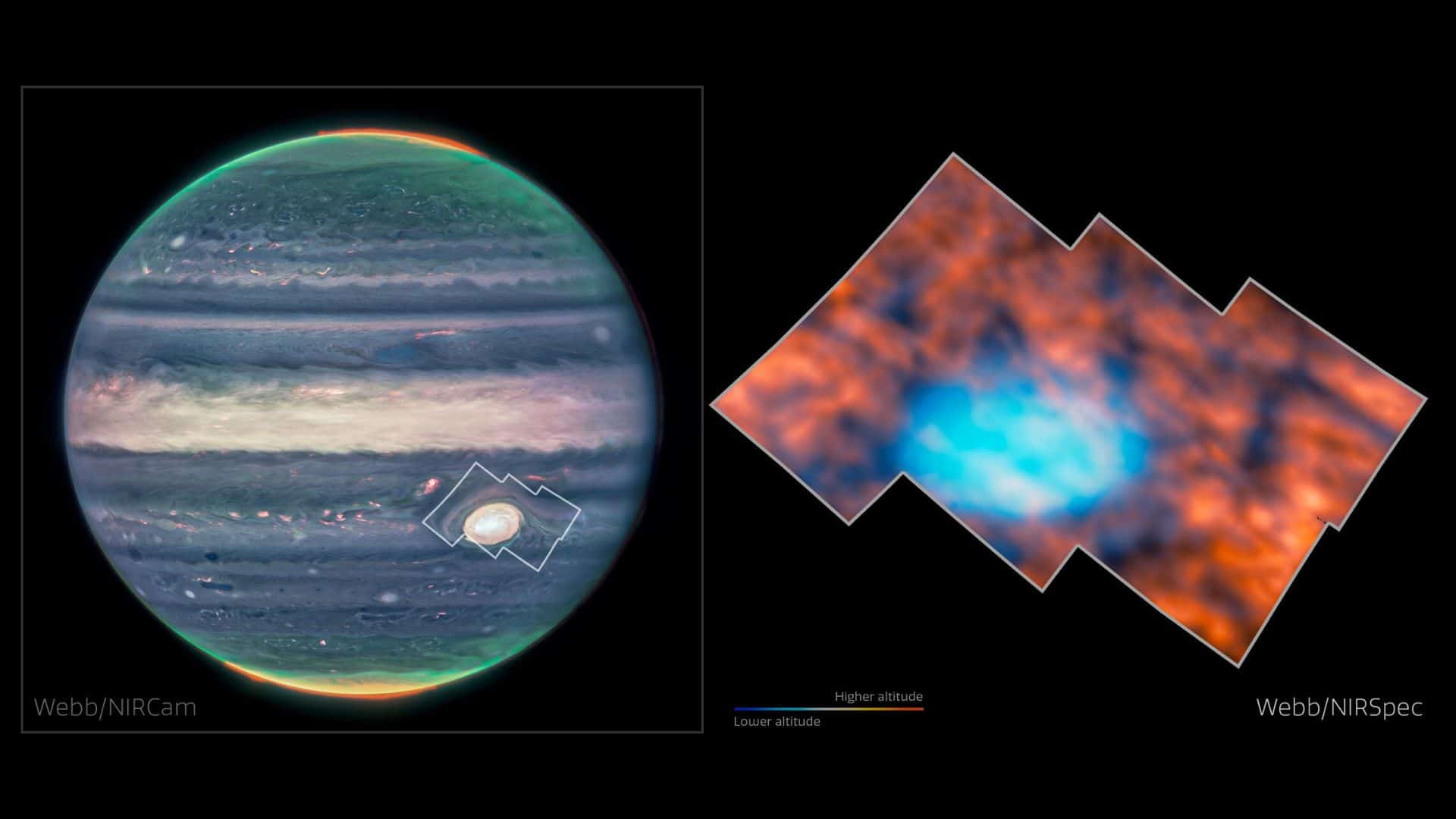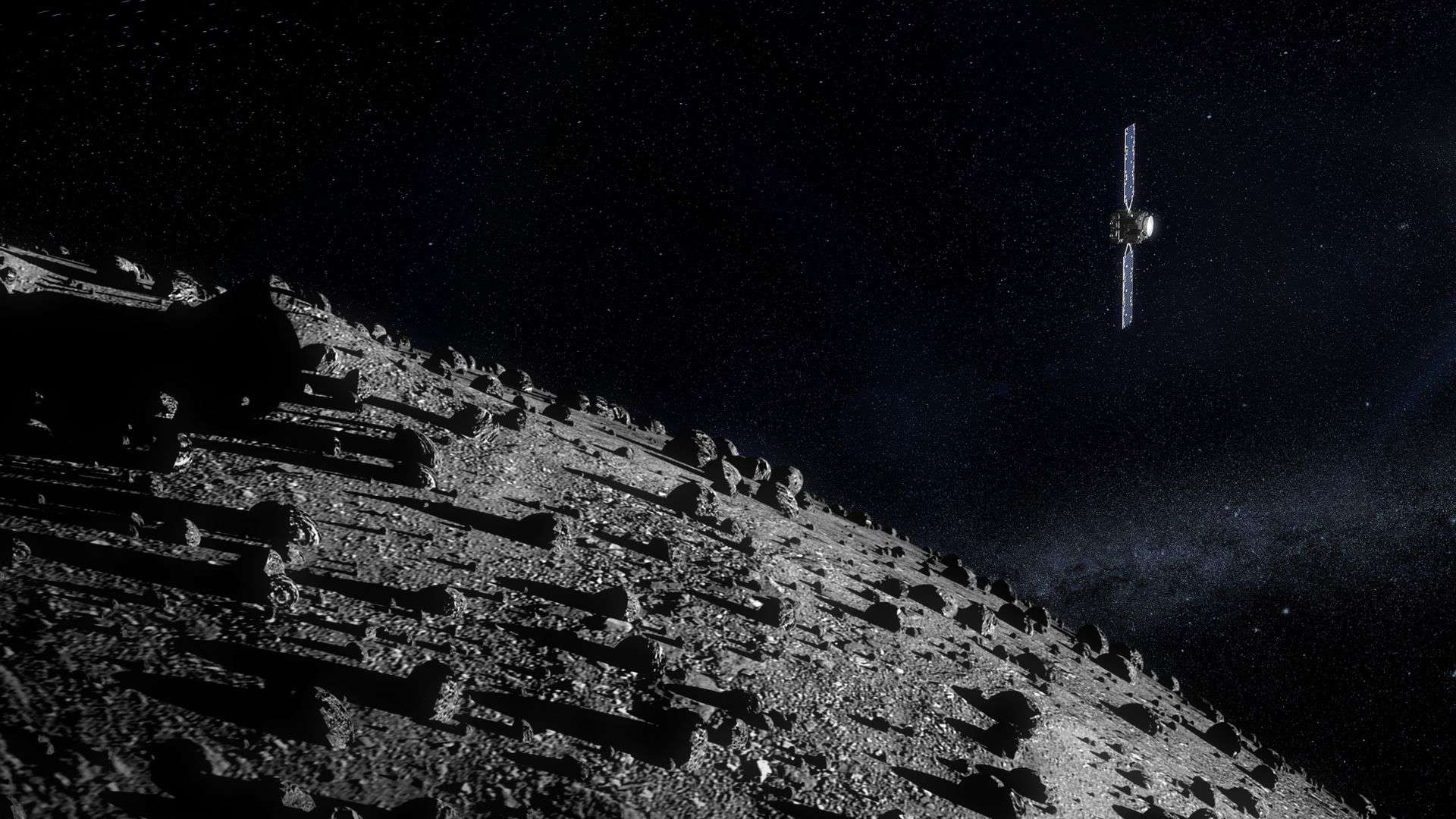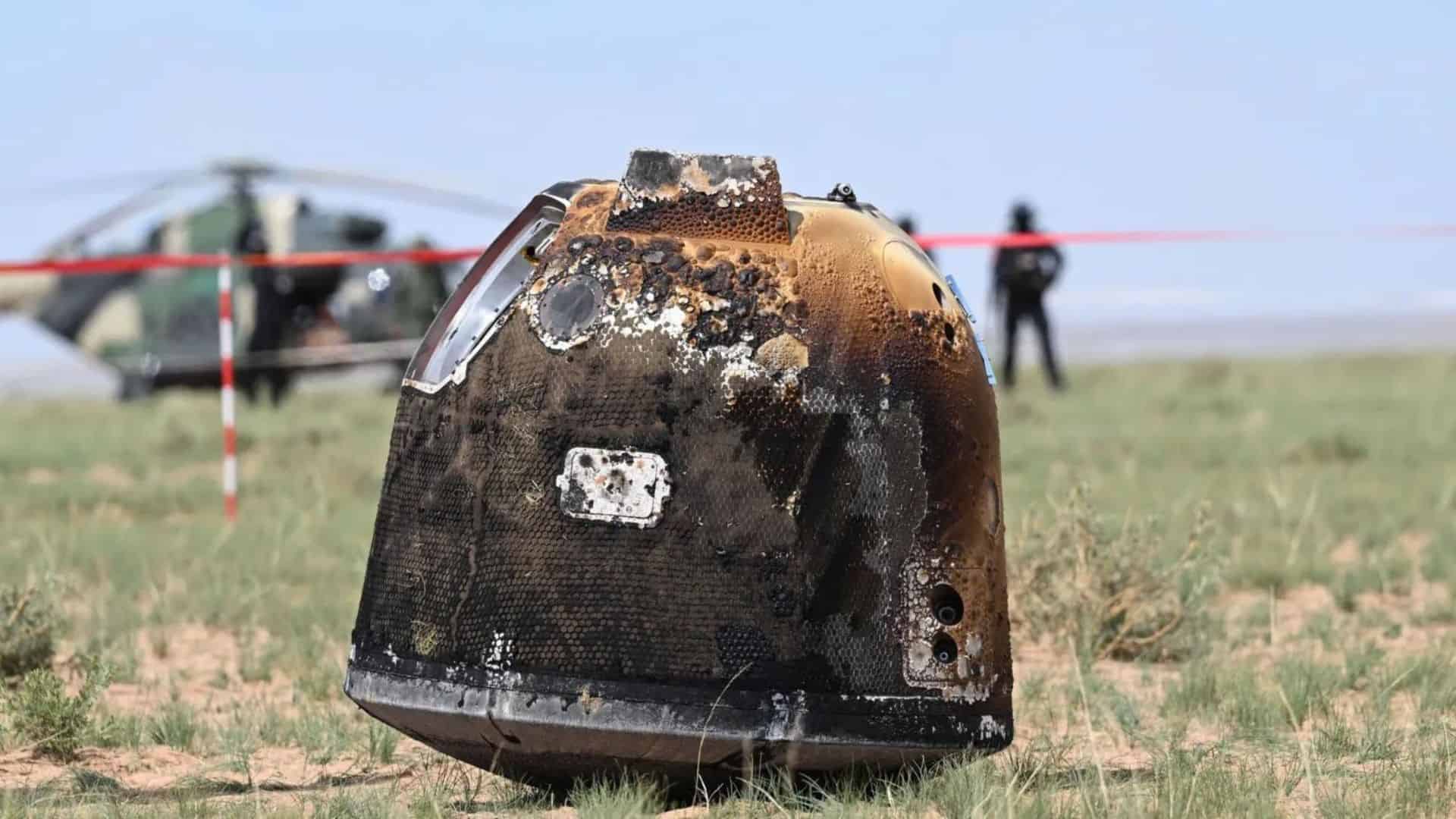Finally, we got the first images of the Odysseus spacecraft on the lunar surface, which show the spacecraft is tilted on the lunar surface with a broken leg.
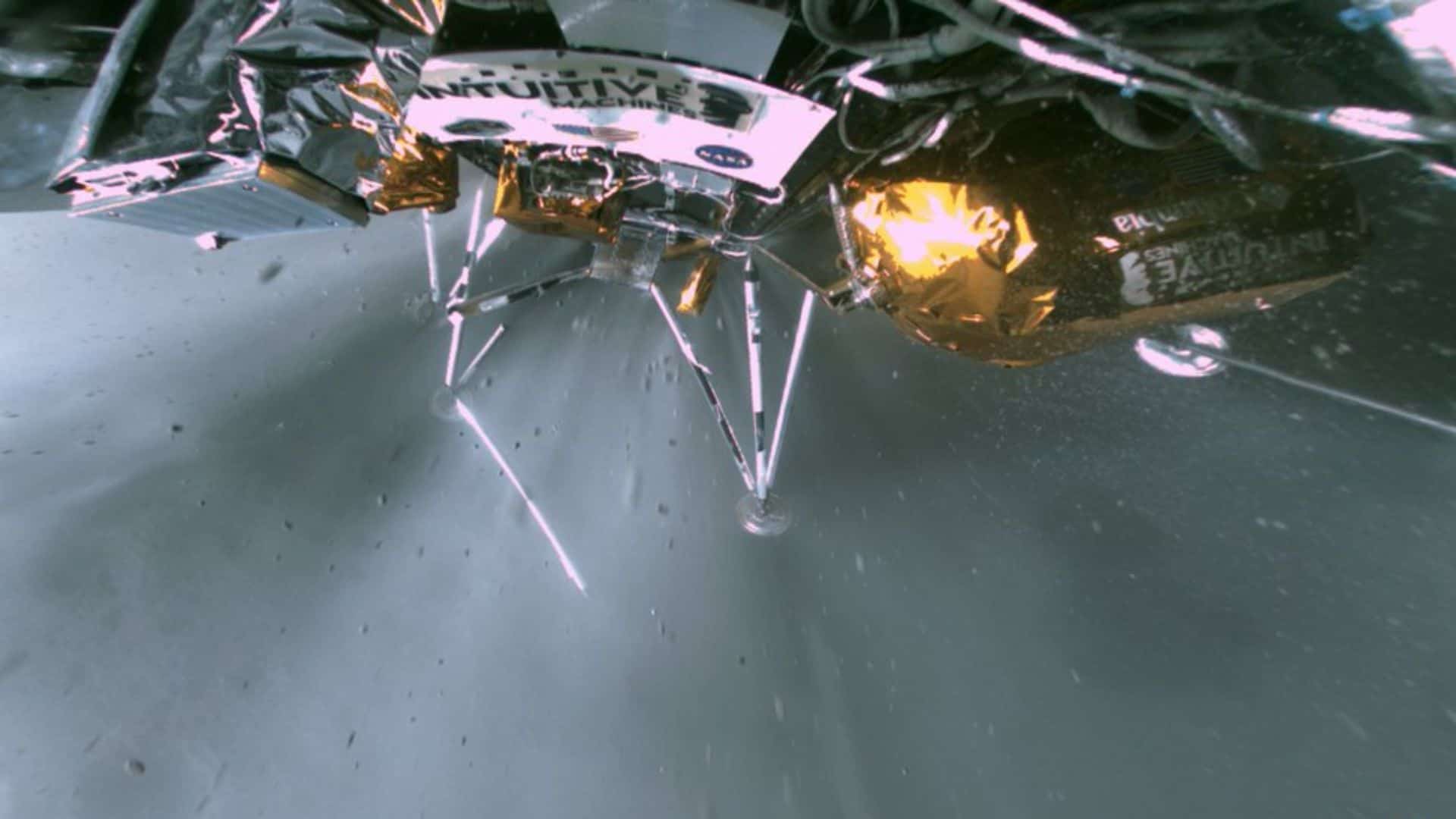
The Odysseus spacecraft landed on the lunar surface on Thursday, February 22, 2024, at 6:23 p.m. EST (23:23 UTC).
Related article: US private moon lander Odysseus makes historic lunar landing
Later, during a press briefing, Steve Altemus, CEO of Intuitive Machines, said the spacecraft was tipped over on the lunar surface during landing and was lying down on its side.
Related article: Odysseus moon lander tipped over on the lunar surface during landing
At that time, Odysseus did not send any pictures to Earth to confirm it.
On February 27, 2024, the Odysseus spacecraft was able to capture its own image through its narrow-field-of-view camera. That gives an idea of the current attitude of the Odysseus spacecraft.
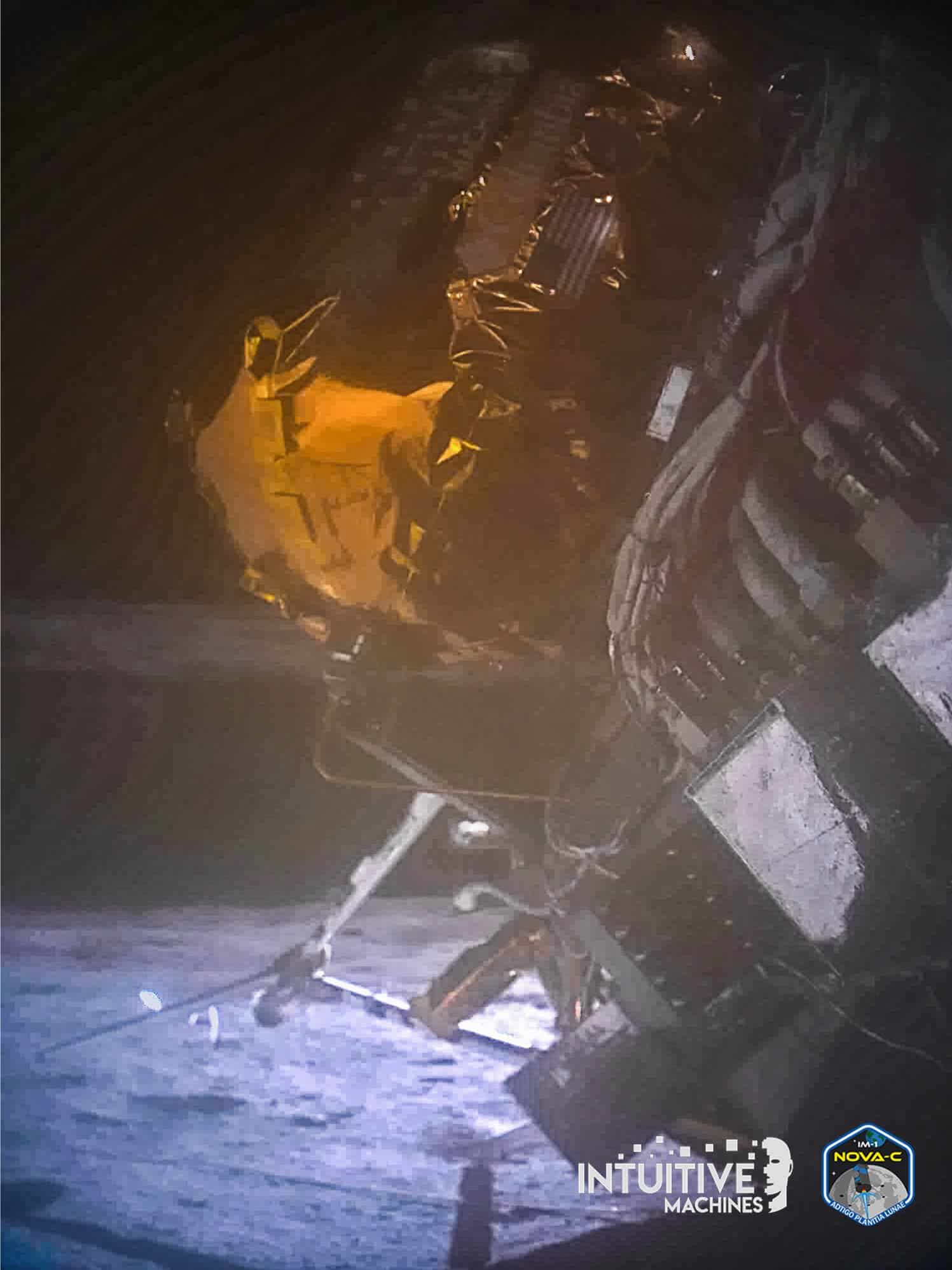
In the new image, one of the gold-foil helium tanks is seen, and it is thought that the spacecraft is tilted at an angle of 30° from the lunar surface and resting on the other helium tank or computer shelf located on the opposite side.
As the spacecraft landed within a crater on a slope of about 12 degrees, so the actual angle of the spacecraft with the lunar surface is about 42°.
Why did Odysseus spacecraft land awkwardly?
During the final descent of the Odysseus spacecraft, its vertical motion was supposed to be 1 m/s, and its lateral (horizontal) motion was supposed to be 0 m/s.
But the spacecraft’s velocity was around 3 m/s in the vertical direction and 1 m/s in the horizontal direction as it encountered a software glitch with its navigation system during the final descent on the lunar surface.
During that time, one of NASA’s onboard instruments, the Navigation Doppler Lidar (NDL), saved Odysseus from a crash landing.
Related article: NASA’s onboard instrument saves Odysseus lander from crash moon landing
However, while landing on a slope of about 12 degrees, the spacecraft tilted and broke one of its legs.
The Odysseus spacecraft is still operating on the lunar surface in the tilted state and has sent more than 350 megabits of science data to Earth for analysis.
The mission of the Odysseus spacecraft, named Intuitive Machines One (IM-1), is part of NASA’s CLPS (Commercial Lunar Payload Services) initiative. The spacecraft carried 12 scientific instruments to the lunar south pole region, including six instruments from NASA’s CLPS.
Currently NASA is working with several American companies to deliver lots of scientific and technological instruments to the lunar surface. This initiative is called CLPS (Commercial Lunar Payload Services).
Through this initiative, NASA wants to access the moon frequently and wants to make a permanent moon base.
Please follow us on Facebook and Twitter to get latest space news, upcoming skywatching events and astronomy-related content.
